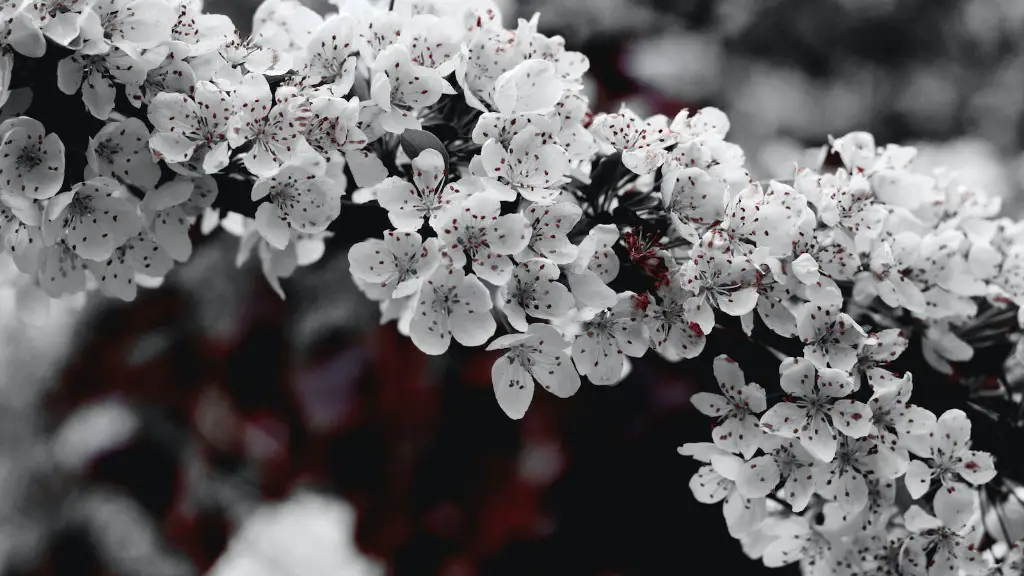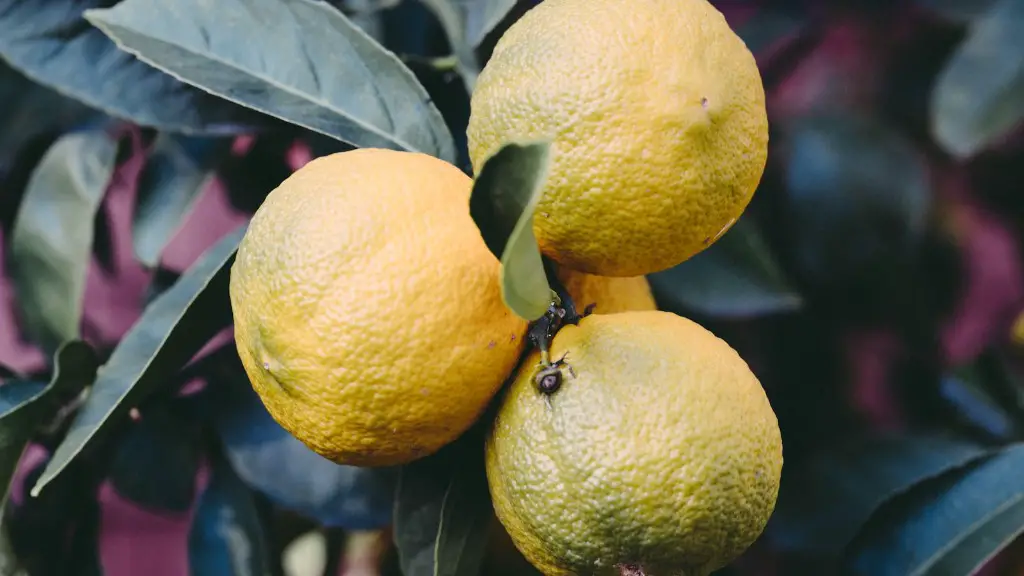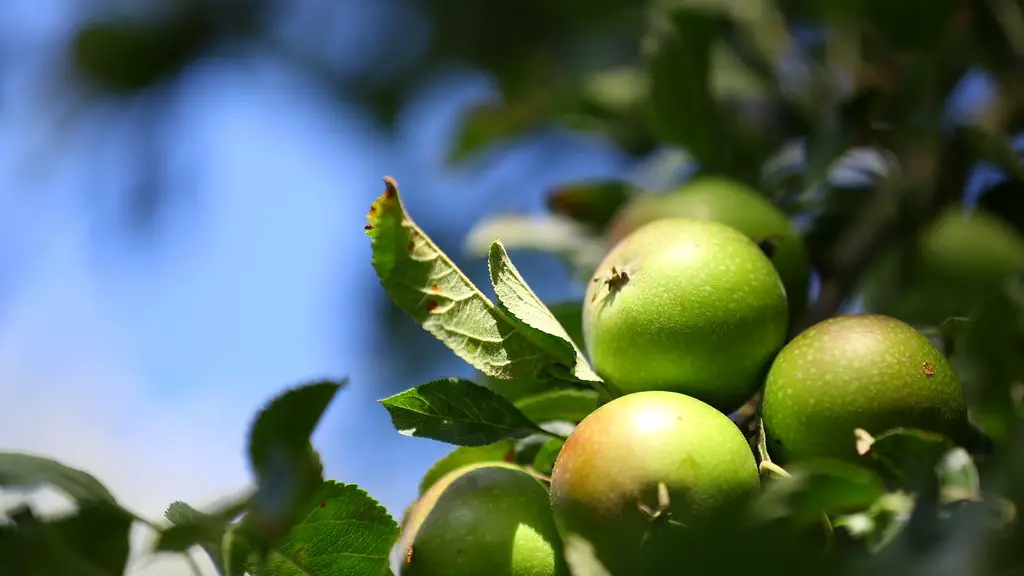Propagating lemon tree cuttings can be a rewarding gardening pursuit. To successfully propagate a lemon tree from a cutting, one must provide a moist, supportive environment and supply light and water in the correct quantities. The steps and requirements to propagate lemon cuttings can be quite simple if a few essential points are taken into account.
Firstly, choose the right cutting. Find a straight, healthy cutting with no signs of disease. The cutting should be about 6 inches (15 cm) long and cut just beneath a leaf node. Make sure to use a sharp, clean knife or shears to avoid damaging the cutting.
Next, prepare the cutting for propagation. Carefully remove the lower leaves from the stem. Be sure to leave at least two leaves on the top of the cutting. Dip the cut end in rooting hormone powder to encourage root growth. Wrap the damp, hormome-treated cutting in damp paper towels or newspapers, and place in a plastic bag, sealing it with a rubber band.
Plant the cutting in a pot filled with potting mix. Ensure that the potting mix is moist but not waterlogged. Place the cutting in the soil so that two-thirds of it is submerged. Water lightly, and place the pot in a warm, sunny spot. Once the cutting has rooted, transplant it into a larger pot with potting mix.
Be sure to provide a moist, shaded area with good air circulation and keep the cutting away from windy conditions. Regularly water the cutting and fertilize it once a month using a low-nitrogen fertilizer. Monitor for pests, and if you see any, treat the cutting with an insecticidal soap.
With a bit of care and attention, you can propagate your own lemon tree cutting. By following the steps outlined above, you will be well on your way to growing healthy, delicious lemons in your own garden.
Further Steps for Propagating a Lemon Tree Cutting
Once the cutting has established roots and is strong and healthy, it is ready for transplanting. Choose a well-draining pot and fill it with a mixture of potting soil and organic compost. Place the cutting in the pot so that two-thirds of the stem is submerged. Water regularly, ensuring the soil never dries out. To promote good root development, rotate the pot every couple of weeks.
Lemon trees need plenty of sunlight, so move the pot to a sunny spot. If grown in a container, the tree can be placed outdoors during the summer and brought indoors during colder months. To encourage healthy growth, prune the tree regularly and keep it away from strong winds.
For best results, fertilize the tree once a month with a diluted liquid fertilizer that is low in nitrogen. This will help promote flower and fruit production. Monitor the tree for pests and disease and take action to treat any infestations as soon as possible. Finally, water your lemon tree regularly and make sure it has enough humidity.
Encouraging Flower & Fruit Production
Fruit production on lemon trees can be erratic, and it is often necessary to encourage the growth of flowers in order to ensure a good supply of lemons. To encourage flowering, spread a thin layer of compost over the soil surface and make sure the tree is in a warm, sunny spot.
Fruit production can also be encouraged by thinning out the leaves and cutting out crossed branches. By thinning out the leaves and branches, more light can reach the flowers and stimulate growth. Crossed branches and Crook branches should be removed to avoid blocking light.
Mulch the soil around the tree to retain moisture and keep away pests and weeds. During the summer months, apply a slow-release fertilizer containing nitrogen, phosphorus, and potassium to encourage flower production. Finally, water your lemon tree regularly and make sure it has enough humidity.
Proper Care for a Lemon Tree
To ensure your lemon tree remains healthy, you must ensure that you are providing it with the proper care and attention. Keep the soil consistently moist, but never waterlogged. Make sure the tree is getting enough sunlight, and if not, move the pot to a sunnier spot.
If grown in a container, the tree should be brought inside during winter months. Prune the tree regularly and thin out branches to make sure it gets enough light, and fertilize every couple of months with a low-nitrogen fertilizer. Monitor the tree for pests and disease and take action to treat any infestations as soon as possible.
When harvesting lemons, make sure to harvest at the right time. For the best flavor, pick lemons when they are slightly green. Be sure to pick in the morning before the sun is at its hottest. Finally, protect your lemon tree from cold temperatures, as lemons are not frost-resistant.
Protecting Against Cold Temperatures
When the temperatures start to drop, take steps to protect your lemon tree from the cold. Cover your lemon tree in blankets and straw, and fill each pot with an insulator to keep the soil warm. Bring the tree indoors if possible, and move the pot to a sheltered spot. For extra protection, install a sprinkler system to water the tree in the event of a cold snap.
Keep an eye on the forecast, as cold temperatures can be detrimental to the growth of your lemon tree. In very cold climates, bring the tree indoors and place it in the warmest room in the house. Keep the room well-ventilated, and provide the tree with plenty of sunlight and warmth throughout the winter months.
Be sure to keep the tree away from heaters and radiators, as this could cause the fruit to drop prematurely. Reduce water and fertilizer during the winter months, and make sure the tree has just enough sunlight and humidity. Finally, you can bring the tree outdoors when the weather starts to warm up.




